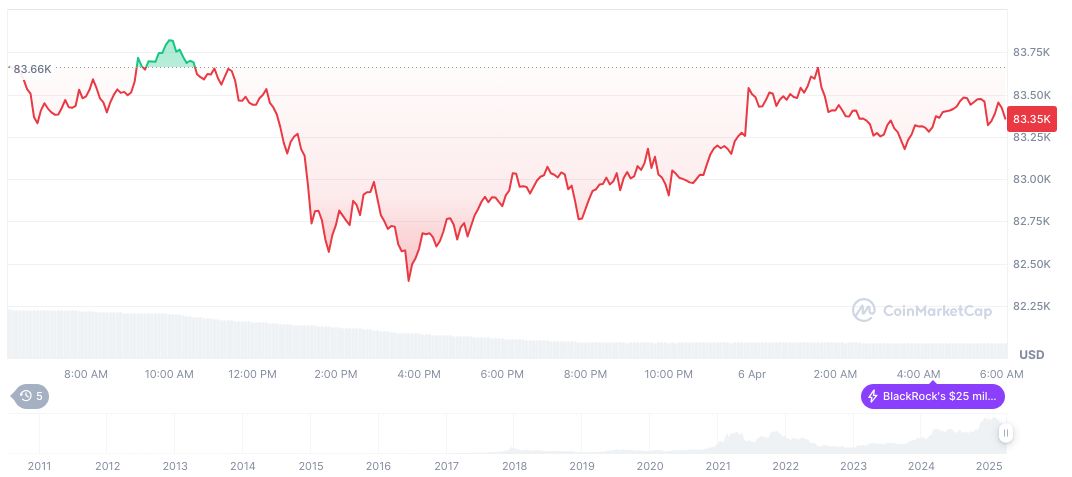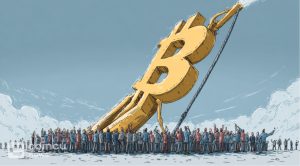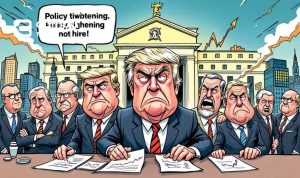- Challenges of centralization noted in Web3 trends for 2025.
- Emphasis on regulatory compliance for fostering institutional adoption by 2030.
- Bitcoin ETFs launch is significant for digital asset market growth.
Yu Jianing, founder of Uweb, delivered a keynote at the “Web3 Future Night” during the HK Web3 Carnival, addressing 2025 trends. He highlighted challenges such as increased centralization.
Jianing’s speech underscored the need for mainstream regulatory compliance, projecting widespread tech integration and transformation in Web3 by 2030.
Yu Jianing Addresses Centralization and Compliance at HK Web3 Carnival
Yu Jianing, Founder and President, Uweb, emphasized the importance of compliance as the cornerstone for mainstream institutions to enter the market: source.
Yu Jianing addressed key trends at the Hong Kong Web3 Carnival, articulating challenges like centralization and declining project quality within Web3. He detailed potential market influences for 2024-2030, emphasizing compliance as pivotal for institutional adoption.
The audience responded positively, showing significant interest in regulatory frameworks to drive sector stability. Yu Jianing’s predictions envisage a transformative landscape, with industry leaders noting the strategic importance of compliance and integration policies.
Bitcoin’s Growth and Regulatory Predictions for 2024-2030
Did you know? In 2024, U.S. firms like BlackRock launched spot Bitcoin ETFs, akin to an “IPO moment” for digital assets, greatly bridging traditional markets.
Bitcoin (BTC), as of April 6, 2025, holds a price of $82,683.26 and a market cap of $1.64 trillion, according to CoinMarketCap. Its trading volume fell by 55.88% in 24 hours, showing the ongoing volatility. Bitcoin’s 90-day decrease reached 16.88%, reflecting recent market adjustments.

The Coincu research team predicts increased regulatory sympathy for crypto, spurring broader adoption. AI integration with blockchain forecasts enhanced decision-making, confirming Yu Jianing’s insights into potential Web3 technology and policy advances.























